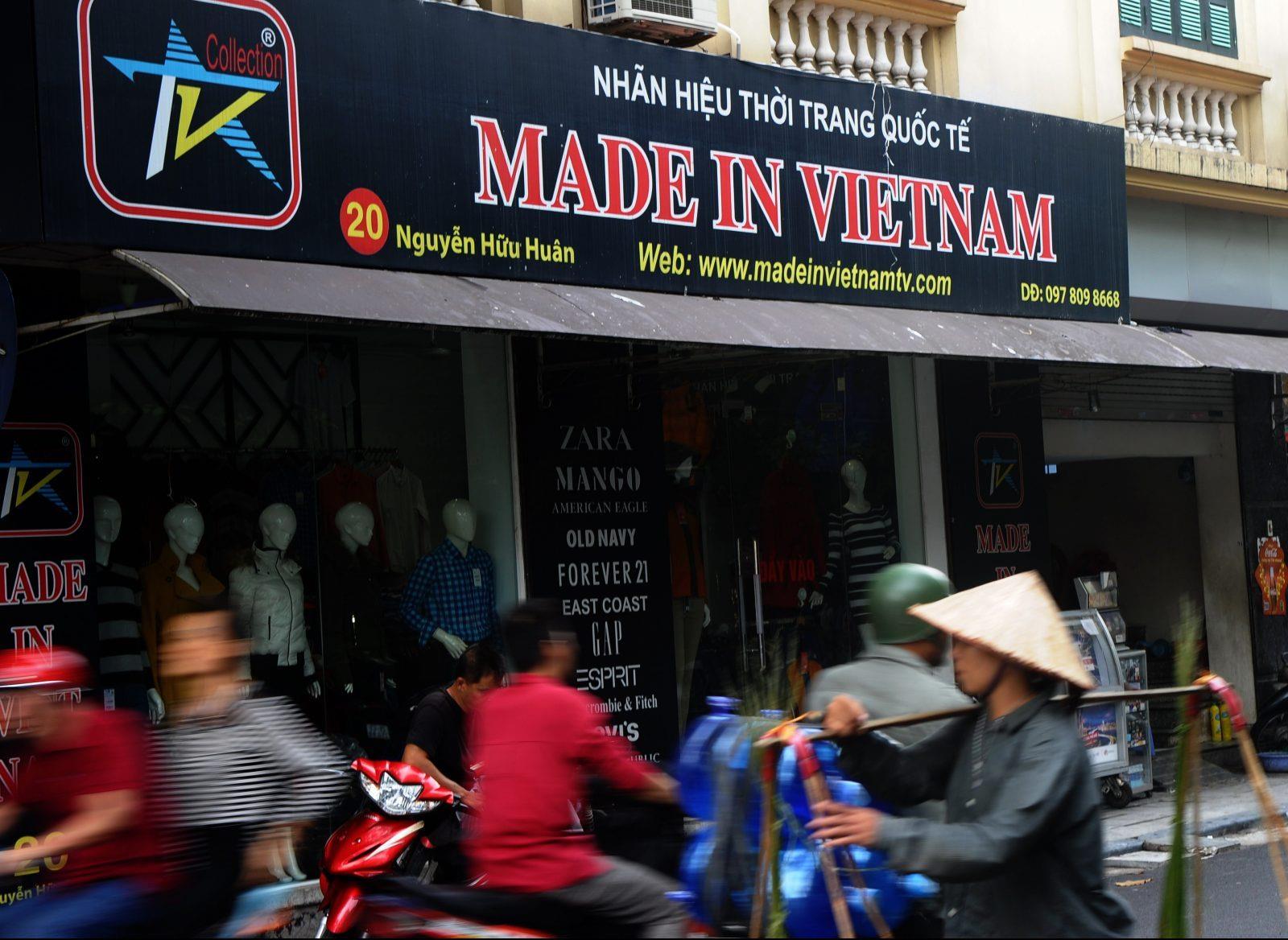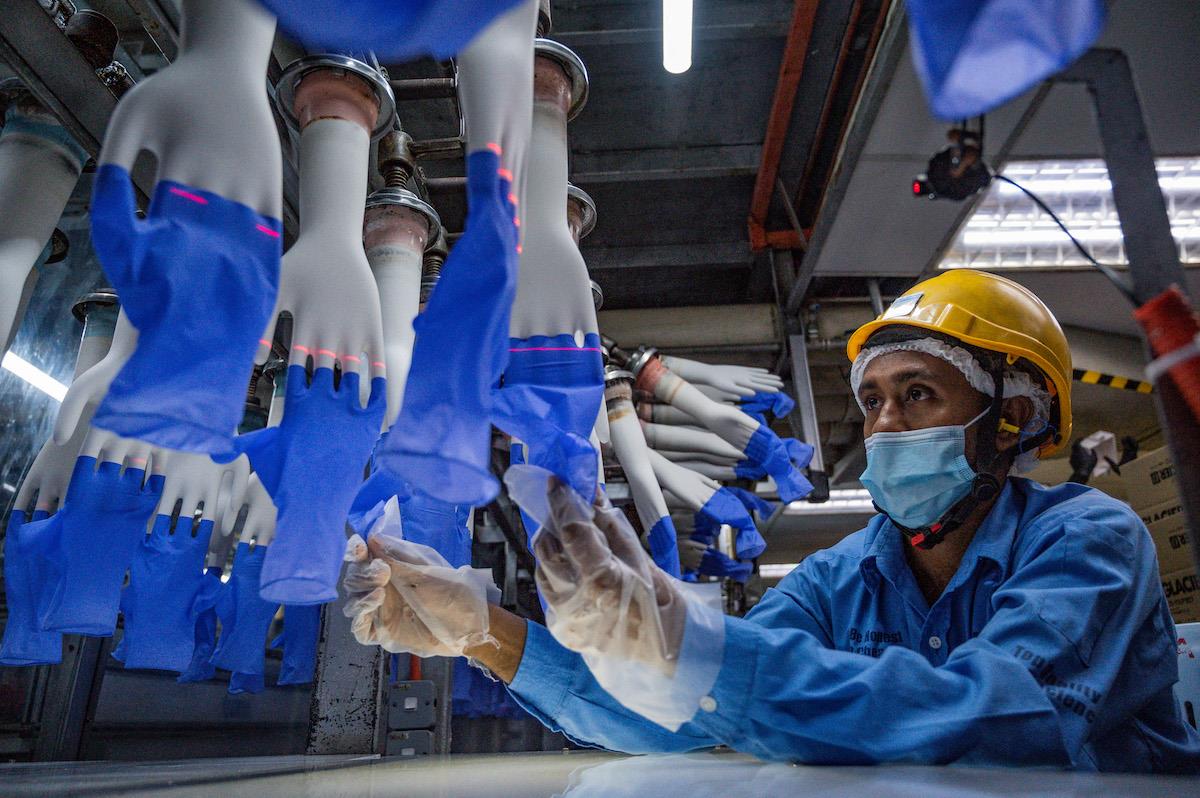(MENAFN- Asia Times) Assessments of Southeast Asia's economic outlook published by the asian development bank and the international monetary fund in 2023 find reasons for optimism.“Developing” Asia, they conclude, will lead the world in economic growth over the next two years.
Southeast Asian economies weathered the pandemic relatively well, notwithstanding hardship due to lockdowns. The geopolitical challenges brought by increasingly antagonistic competition between the United States and China are a looming threat to the region's prosperity, but so too are the perverse growth effects of protectionist policies.
Southeast Asia has benefited from limited decoupling between the Chinese and US economies, as manufacturers move some production processes out of China to avoid tariffs and blacklists. Although some relocations have taken the form of“re-shoring”, more investment has moved to other Southeast Asian countries.
Singapore, Vietnam, Malaysia and Indonesia registered relatively strong
inflows of fdi
in the last two years. Competition among external powers has also provided
southeast asian elites
with bargaining leverage in infrastructure projects and access to finance.
But beneath these recent developments, there is a deeper structure that will shape the Southeast Asian experience of increased geopolitical tension.
First, there is the basic openness of economic development in Southeast Asia. The region's growth and industrialization depends on external markets and foreign investment. High growth has mostly occurred when“internationalist” coalitions advanced their core interests and create access to international markets and investment.
Southeast Asian countries also showcase a tremendous variety of domestic institutions - the structures and embedded rules that guide action and make it more or less possible to carry out different
development tasks .
Specifically, state and private sector institutions shape the ability of individuals and companies to overcome problems of
coordination, commitment and collective action . Countries that fail to overcome such problems typically fail to provide sustainable economic development.

A clothing boutique selling locally made products in downtown Hanoi. Photo: AFP / Hoang Dinh Nam
Given Southeast Asia's institutional variety, we can expect continued unevenness in how countries in the region will respond to current geopolitical challenges and opportunities.
Some are better equipped than others to benefit from supply chain restructuring and investment shifts motivated by the desire to secure supplies or protect against geopolitical risk.
Mineral endowments coupled with nationalist policies have motivated recent investments in
indonesia , while Thailand's established capabilities in the
automotive sector
make it an appealing investment site for
chinese
and other investors seeking to diversify.
Southeast Asian responses to geopolitical change will also be mediated by political pressures within each country. In addition to the persistent risk of institutional corrosion due to rent-seeking elites, governments face the challenge of integrating broader political movements.
Challenges“from below” include calls for greater redistribution of wealth, for the abandonment of export-driven political economies in favor of greater domestic consumption and for more attention to poverty alleviation. The environmental limits to extractive growth strategies - along with the effects of climate change - also create challenges.
Elite responses to these challenges vary enormously, from attempts at greater inclusivity to the mobilization of vertical allegiances that seek to displace material grievances through the politicization of race, religion or royalty.
Finally, it matters that the region is grappling with more than a transitory escalation in competition between great powers. Southeast Asia faces the challenge of weathering the power
transition in east asia .
For the past 30 years, the region has prospered through increased integration into a Chinese-centric regional economy, while the United States' security role limited concerns over asymmetric interdependence.
But
this strategy
is not sustainable. The gravitational force of the Chinese economy – along with the political appeal of the Chinese development model – remains significant.
In contrast, the US security role is under pressure. Even prior to the rise in US-China tension from 2017, domestic political and economic constraints within the United States have made it less willing and able to prolong the status quo. Increases in Chinese military and technological capacity add to this structural shift.
A general conclusion is that the region's development strategies and growth trajectories are subject to both internal and external pressures.
Currently, a degree of“friend-shoring” in supply chains and increased US-China competition have benefited some parts of Southeast Asia. But the positive spillovers stemming from geopolitical tension create increased points of potential entanglement and vulnerability.

In this file photo taken on August 26, 2020, a worker inspects disposable gloves at the Top Glove factory in Shah Alam on the outskirts of Kuala Lumpur. Photo: AFP / Mohd Rasfan
While some firms may be forced to choose which side of any“economic iron curtain” they will stand on, others have invested in dual supply chains to serve decoupled technology spheres. In doing so, they take a bet on the continued willingness of both the United States and China to tolerate this duality.
Southeast Asian countries – enmeshed in cross-border investment and trade relationships that cut across geopolitical rifts – have effectively made the same bet.
Samsung's extensive investments in Vietnam, for example, are reinforced by a coalition of
supporting interests
that depend on Samsung's status within the United States' sphere of non-suspect entities. At the same time, the
vietnamese economy
relies substantially on supply chain linkages to China.
This structure of connection will expose countries in the region if the security concerns of external powers escalate further. Beyond strictly business ties, potential reprisals, blacklists and sanctions could also threaten cross-border collaborations involving firms, research institutes, universities and government agencies.
These connections mean that there is ample and increasing scope for US-China conflict to play out in Southeast Asian local economies.
Natasha Hamilton-Hart is Professor in the Department of Management and International Business at the University of Auckland and Director of the New Zealand Asia Institute.
This article was originally published by East Asia Forum and is republished under a Creative Commons license.
Like this:Like Loading...